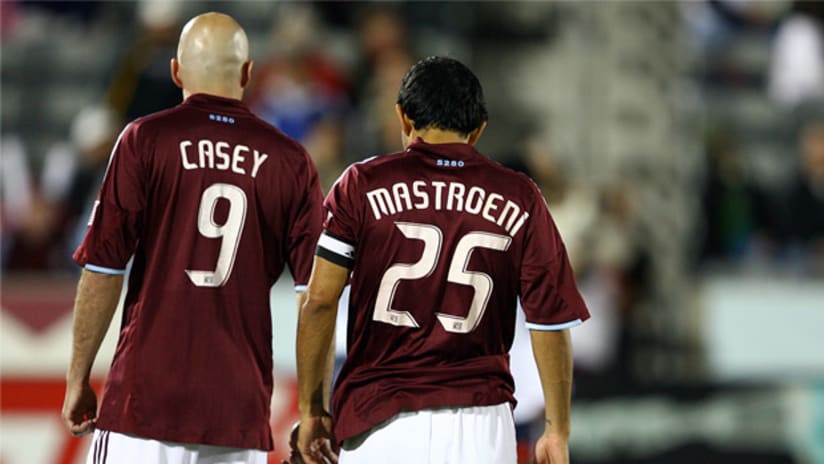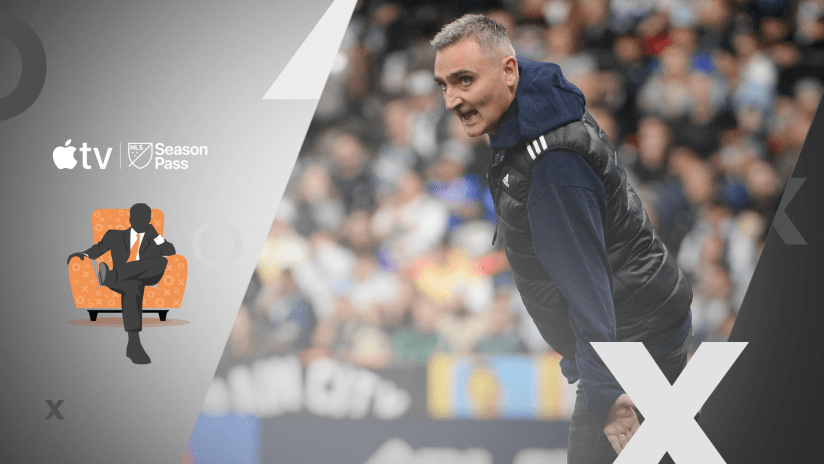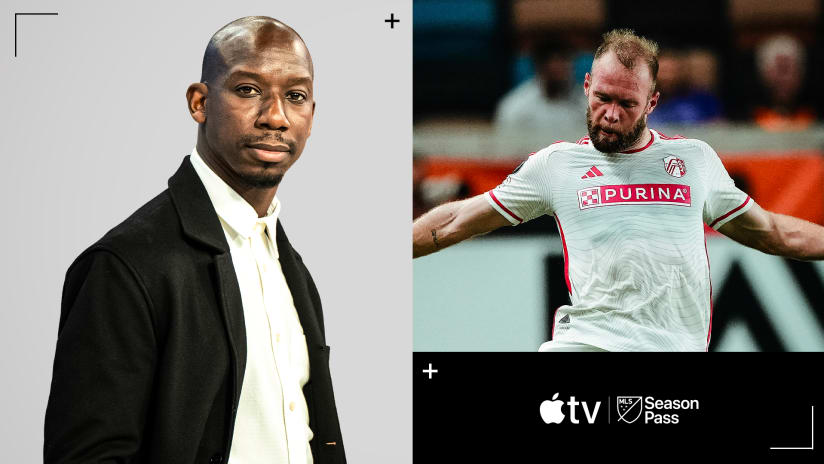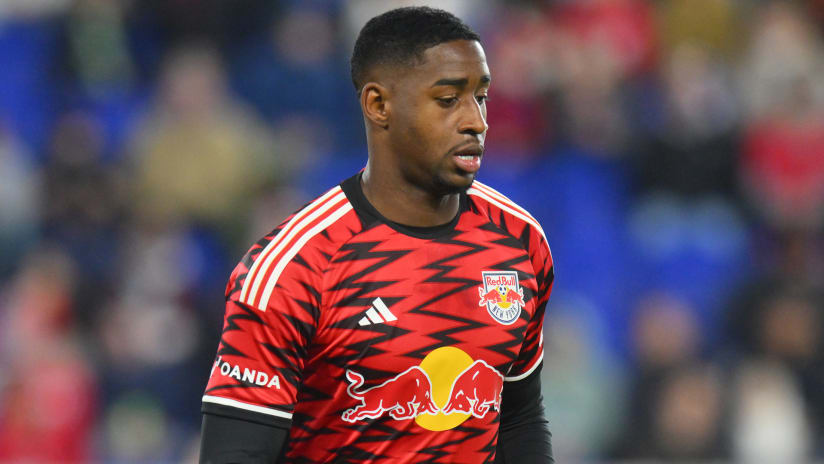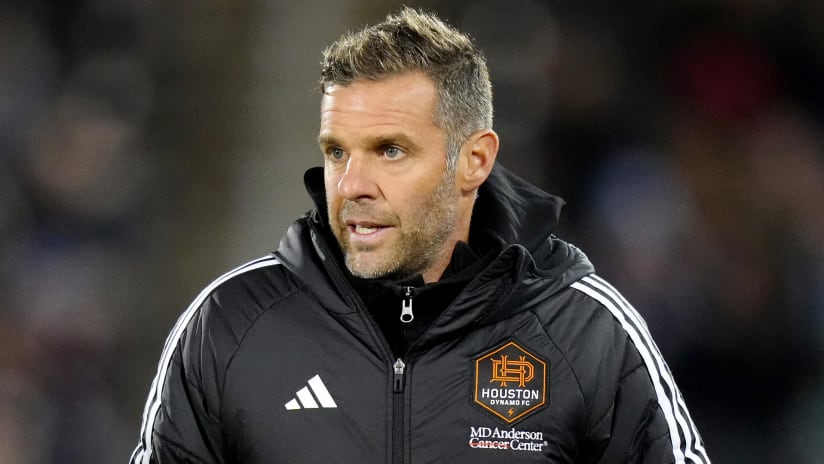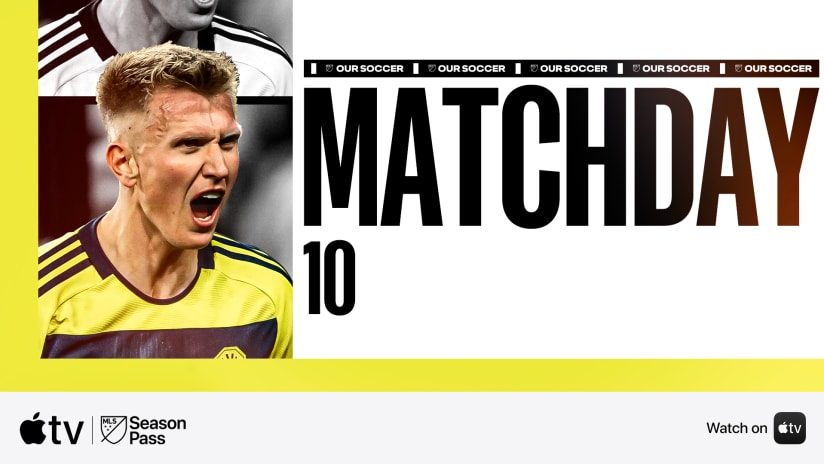FC Dallas players, coaches and fans will be spending the next few months bathing in the axiomatic cruelty of soccer. Sometimes, you just can’t beat luck.
This isn’t to say that the Colorado Rapids don’t deserve to own the Anschutz trophy for the next 364 days. They earned it. Their tactics were sound, their execution was near-flawless, and when they needed big saves, their keeper rose to the task.
WATCH HIGHLIGHTS : COL 2, DAL 1
But the game-deciding play on the night had almost nothing to do with tactics,
and almost everything to do with the kindness (or, if you’re from Frisco, cruelty) of the game we all love.
The Formations
Colorado
came out in their typical 4-4-2, with a flat-4 across the back that
encourages Anthony Wallace (left side) and Kosuke Kimura (right side)
to press into attack as space allows. Jeff Larentowicz sweeps in front
of the central defense, with Pablo Mastroeni playing the central
midfield disruptor role.
[inlinenode:323654]Wide
midfielders Jamie Smith and Brian Mullan – he of the fifth ring – often
pinch in to provide extra numbers in the middle and help Mastroeni
force turnovers to spring the attack. Forwards Conor Casey and Omar
Cummings usually stay high, but they actually took turns dropping into the
midfield to press FC Dallas captain Daniel Hernandez.
Hernandez
is the lynchpin of FCD’s 4-1-3-1-1, playing as a sweeper just between
the backline and midfield. Fullbacks Jair Benitez and Jackson (later,
Zach Loyd) push forward similarly to Colorado’s outside backs, while
Dax McCarty plays the Mastroeni role.
FCD’s
wide midfielders, Marvin Chavez and Brek Shea, tend to stay wider than
their Colorado counterparts before diving to goal in the final third, all
in an effort to drag the defense away from David Ferreira. Atiba Harris,
a forward on the night, is asked to be a battering ram who holds the
ball up and clears space for the rest of the
attackers.
The First Half
It
took less than 20 seconds for both teams to set the tone on the night.
Immediately
upon kick-off, Larentowicz charged down Hernandez and deflected the
libero’s outlet pass. Dallas still managed to control, and seconds later
Harris was heading Benitez’s early service just past the far post of
Matt Pickens.
Game on.
The
Colorado strategy, as described by Mastroeni after the game, was to
make
the field as small as possible for the Dallas distributors and
playmakers. This meant closing down Hernandez quickly and not letting
him pick his spots in distribution while shadowing Ferreira and forcing
someone else to be the brain behind the offense.
[inlinenode:323888]FCD,
for their part, wanted to get their wingers involved early in an effort
to pull Larentowicz out of his hole in front of the defense and give
Ferreira time and space in which to work. Defensively, their plan was
simple: Don’t lose 1-on-1 battles, don’t let Cummings get into space and funnel the ball toward Hernandez.
When
the goal came in the 35th minute, it was that flank play that did it
for
Dallas. The Rapids got caught up the field after an attack of their
own, so Benitez’s excellent long-ball switch put Dallas in an
even-numbers situation. Ferreira ghosted behind Drew Moor and pushed
home Chavez’s inch-perfect cross, and the first half belonged
to FCD.
The Second Half
Colorado’s
tying goal, which came in the 57th minute, was the soccer equivalent
of the Pareto principle. Simply, the vast majority of effects come from
a small number of causes. In this case, the vast majority of successful
Colorado attacks come from an easily identifiable cause: Casey beating
his man to the near post.
The
sequence began with George John, who’d been matching Casey all night,
needlessly
running himself out of the play and ending up on his rear. John’s
decision to try to win the ball off of Cummings outright instead of just
bottling the attack cost his team dearly, as his clearance fell right
to the feet of Casey and started a break in the
other direction.
Colorado pushed forward, and a poor clearance from Loyd – now pinched centrally
to fill the gap left by John – fell to Smith, who skinned the rookie and found, of course, Casey on the near post.
[inlinenode:323883]In
one 10-second sequence Dallas lost their shape, lost two crucial
individual
battles and lost the lead. Young teams, especially young defenders,
are susceptible to such lapses, and even a team as well-drilled and
disciplined as FCD aren’t immune.
They
put themselves back on the front foot, though, by bringing on Jeff
Cunningham
for the ineffective Shea. Colorado had but one meaningful foray into
the attacking third over the last half hour of the game, while Dallas
pushed numbers forward almost constantly, going for the regulation win.
Only a series of desperate clearances from the Rapids kept the door shut.
Extra Time
Colorado
made several significant tactical changes at the end of regulation
and into extra time. First was bringing in Julien Baudet, a central
defender, for left back Wallace, pushing Moor out wide. This was
basically a concession that they wouldn’t be creating much offense up
that left side but made them much more threatening on
set pieces.
They
also brought on Macoumba Kandji for the ailing Cummings. Kandji’s poor
decision-making
and propensity for holding the ball too long have made him just a bit
player in the league, but his 1-on-1 skills mean that someone will
always be willing to take a chance on him.
Those skills proved the difference. As Colorado manager Gary Smith told
Rob Stone on the ESPN broadcast, it was going to take someone doing something special individually to break the deadlock.
[inlinenode:323919]Mastroeni
forced a turnover, Casey found the ball in space, and then hit an
inch-perfect diagonal ball over the Dallas defense to put Kandji 1-on-1
with Benitez. Kandji skinned him, and his weak cross-cum-shot was
deflected by John into Kevin Hartman’s goal.
While this wasn’t as textbook as Casey’s goal, it was still derived from one
of the founding principles of the Colorado gameplan: Push Mastroeni into passing lanes and force as many turnovers as possible.
The last 15 minutes of the match were an exercise in 10-men defending, punctuated
by a spectacular Pickens save of John’s low, left-footed drive in stoppage time.
The final whistle blew soon after, and the Rapids had their first MLS Cup.
Final
Thoughts
FC Dallas will head into 2011 as a preseason favorite. If
Hernandez,
Cunningham and injured striker Milton Rodriguez all have one more
quality season in them – they each turn 35 next year – expect to see
Dallas at or near the top of the standings from week one onward.
The
Rapids don’t have to worry about next year just yet. They get a couple
of months to savor what they accomplished in the playoffs, riding their
gameplan to the club’s first ever major trophy. But the front office
will already be thinking about how they can keep Cummings, who’s had
overtures from Mexico and Europe, and how to get
Mastroeni more rest during the regular season as he, too, turns 35.
But they’ll worry about that later. For now, they have a parade to plan and
a trophy case to build.
Matthew Doyle can be reached for comment at
matdoyle76@gmail.com
and followed at twitter.com/mls_analyst.
Think you know the game? Test your powers of prediction with MLSsoccer.com's new fantasy game,Pro Soccer Picks. Play NOW!

